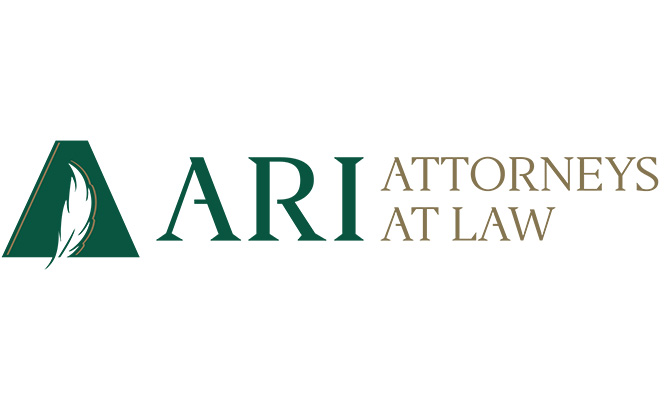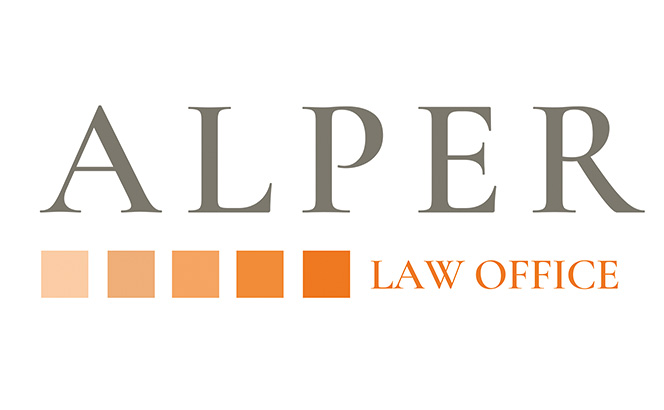
Sponsored briefing: Sustainable finance instruments: green bonds
Over the last decade, considering global warming and climate change issues, one of the most significant financial innovations in the…

Over the last decade, considering global warming and climate change issues, one of the most significant financial innovations in the…

Due to the favourable geopolitical location of Türkiye, it is a renowned hotspot for local and foreign investors. Its regulatory…

Under the Industrial Property Law numbered 6769 (IP Law), an important obligation imposed on trade mark owners after obtaining registration…

Based on the aim of compliance with the objectives of the European Green Deal, Turkey’s e-mobility sector has been experiencing…

The recent volatility of the Turkish Lira (TL) has increased the already high interest among Turkish investors in cryptocurrencies, with…

Given Turkey’s recent economic problems including the currency crash and inflation together with continued problems created by the Covid-19 pandemic,…

The rapid development of industrialisation and globalisation has resulted in the rise of the computer age. With the recent advancement…

Two main subjects have been in the Turkish Competition Authority (the Authority)’s spotlight in recent years. These two subjects are…

NAZALI’s Ayşe Ülkü Yalaz and Nilay Göker Duran on tech M&As in Turkey, the future of the practice and the…

Mustafa Gunes from MGC Legal Law Office explains the Nuclear Regulation Law, which has recently been enacted and entered into…

Bilge Derinbay describes an effect of developments on technology to marketing activities in digital platforms under the sense of recently…

Simge Şahin, a partner of NSN Law Firm, reviews the final court order of Istanbul Anatolian 1st Intellectual Property Court…

Given Turkey’s recent economic problems including the currency crash and inflation together with continued problems created by the Covid-19 pandemic,…

As of February 2022, Turkey’s renewable energy capacity is approximately 53,500 MW amounting to just over half of Turkey’s total…

As a consequence of the pandemic, the perspective on the media and entertainment sector and the way of consuming media…

New and bold ideas often come from young people. We see the effect the new generations have on innovative technologies,…

In this article, we take a look at some of the Turkish Court of Appeals decisions concerning international arbitration from…

I. Understanding SAFEs SAFE is an acronym for ‘Simple Agreement for Future Equity’ that is concluded between investors and the…

Turkey has been historically highly dependent on oil and natural gas imports, due to low local production levels. The recent…

We are witnessing unexampled times… In the light of the pandemic, there have been economic ramifications in Turkey and all…